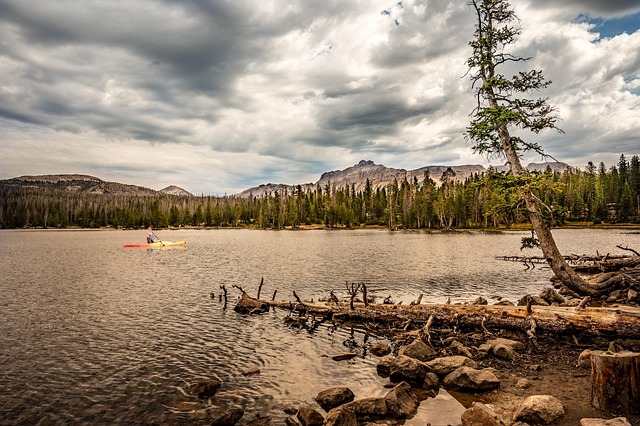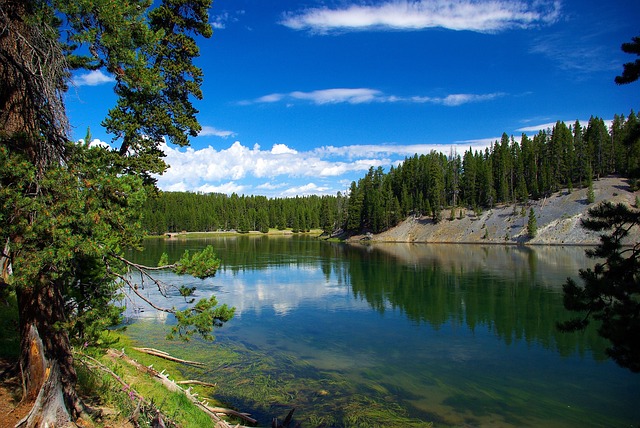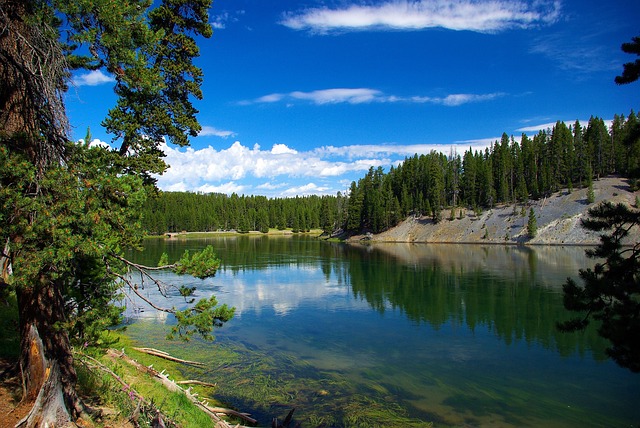The evolution of railroad real estate reflects centuries of urban development, transforming rural areas into industrial centers due to strategic placement. Railroad-adjacent properties became highly valuable, facilitating the rise of factories and influencing modern urban landscapes. Navigating the dynamic real estate market requires understanding location, market conditions, and supply-demand dynamics for informed decisions. Preserving historic railroad towns involves careful restoration of historic buildings and community engagement to balance heritage preservation with modern development.
Discover the fascinating history of railroad roots and their enduring impact on our landscapes. This article explores how the evolution of railroads has shaped real estate, from the transformation of urban spaces to the economic significance of historic smelter towns. We delve into the unique challenges and opportunities presented by preserving these areas while balancing conservation with modern development. Uncover the intricate relationship between rail heritage and contemporary real estate trends.
The Evolution of Railroad Real Estate: From Tracks to Urban Landscapes

The evolution of railroad real estate is a fascinating journey that mirrors the transformation of urban landscapes over centuries. Initially, railroads were primarily about constructing tracks and stations to facilitate transportation. However, as time progressed, the strategic placement of these railways led to the development of thriving towns and cities around them. The arrival of railroads brought about significant changes in land use; formerly rural areas became accessible, leading to the rise of bustling industrial hubs and commercial centers.
This shift had a profound impact on real estate values and urban planning. Railroad-adjacent properties became highly sought after for their strategic advantages. Factories and smelters often sprung up near railway lines due to the ease of transporting raw materials and finished goods. The interconnection between railroads and industry shaped the physical layout of cities, with industrial zones clustering around transportation arteries, leaving a lasting impact on modern urban landscapes.
Smelters and Industrial Heritage: Uncovering the Past's Impact on Property Value

Preserving Historic Railroad Towns: A Balancing Act Between Preservation and Development

Preserving historic railroad towns is a delicate balance between safeguarding the past and fostering future development. These charming communities, often nestled along forgotten tracks, hold immense cultural value. Real estate enthusiasts and history buffs alike recognize their unique charm, where every building tells a story of bygone eras. However, as time marches on, the challenge lies in preserving these towns’ authenticity while accommodating modern needs and economic growth.
The solution requires careful consideration. Restoring historic buildings for new uses, like converting old train stations into community centers or revitalizing former smelter sites into arts districts, can breathe new life into these areas without losing their heritage. Engaging local communities in these preservation efforts ensures a sense of ownership and pride, fostering a harmonious relationship between the past and present.






